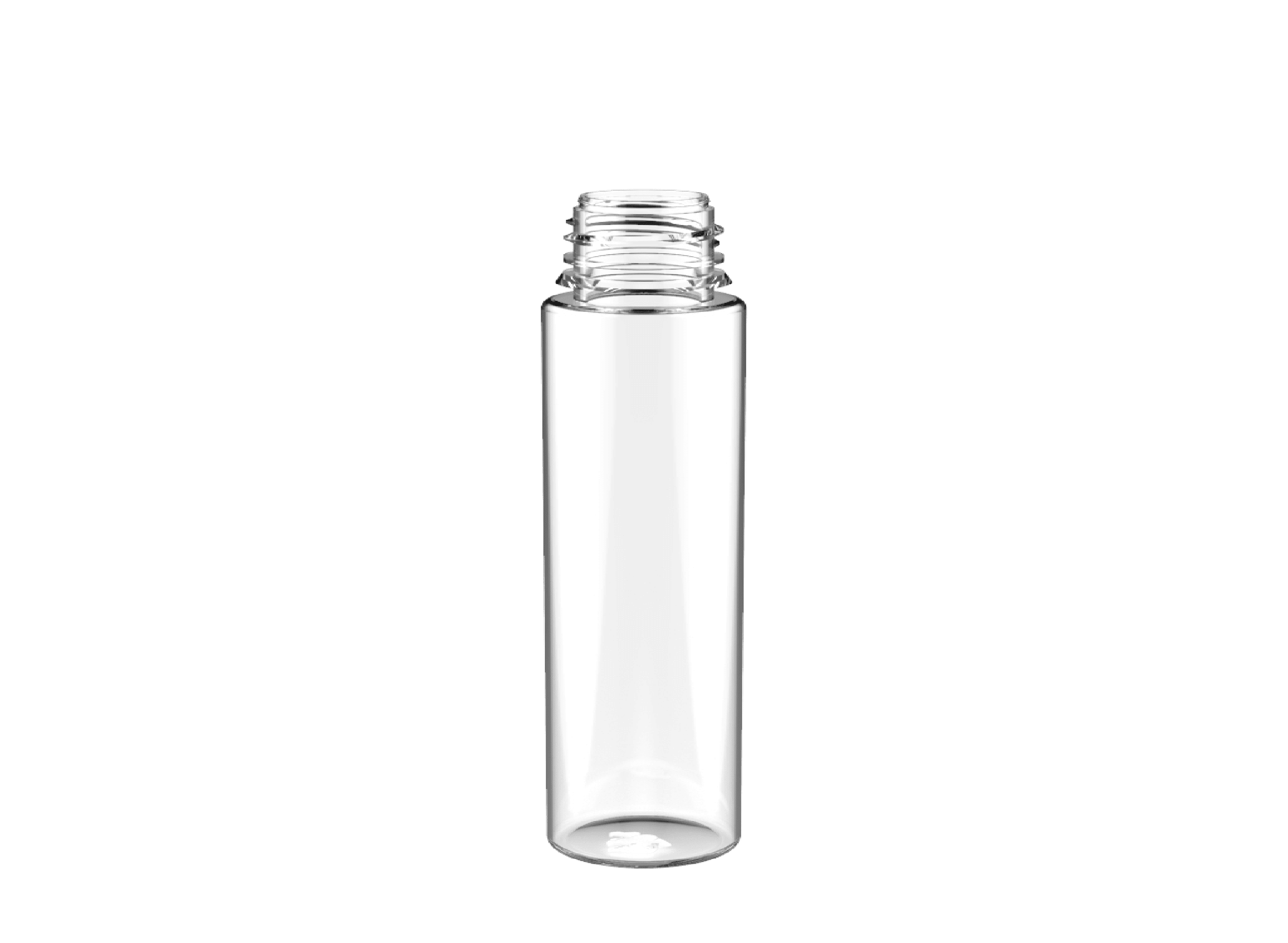Table of Contents
Cannabis packaging compliance remains one of the most challenging aspects of operating in the legal market. With regulations varying by state and frequent updates to packaging requirements, even experienced operators can make costly mistakes. Understanding the most common compliance pitfalls can help cannabis businesses avoid fines, product recalls, and potential license suspensions.
Understanding Cannabis Packaging Regulations
Cannabis packaging regulations are designed to protect consumers, prevent underage access, and ensure product safety. These rules typically cover child-resistance, labeling requirements, warning statements, and material specifications. Staying current with these regulations is essential, as they can change frequently based on new legislation or regulatory decisions.
Multi-state operators face particular challenges, as highlighted in our guide on navigating cannabis packaging for MSOs. Each state maintains its own set of requirements, making it crucial to understand jurisdictional differences.
Critical Child-Resistant Packaging Requirements
Child-resistant packaging remains the most strictly enforced requirement across all cannabis markets. Products without proper child-resistant features are subject to immediate recalls and substantial fines. The specific requirements vary by product type and state regulations.
According to our comprehensive guide on child-resistant cannabis packaging, packages must be significantly difficult for children under five to open but not overly challenging for adults to use properly. Most jurisdictions require ASTM or CPSC certification for child-resistant features.
Common Child-Resistance Mistakes
- Using packaging that lacks proper certification documentation
- Implementing child-resistant features incorrectly during assembly
- Failing to maintain child-resistance throughout the product lifecycle
- Using child-resistant packaging that doesn't match the specific product type
For flower products specifically, many brands have found success with specialized eighth bags with certified child-resistant features that combine compliance with brand-friendly design options.
Labeling and Warning Compliance Issues
Labeling violations represent another significant source of compliance issues. Required elements typically include:
- THC content and other cannabinoid percentages
- Batch and lot numbers for traceability
- Manufacturing and expiration dates
- State-mandated warning symbols and statements
- Ingredient lists for edibles and concentrates
Font size, label placement, and warning symbol dimensions are strictly regulated in most markets. For example, California requires the universal cannabis symbol to be at least 0.5 inches by 0.5 inches, while Colorado mandates specific language about driving and pregnancy risks.
Material Selection and Sustainability Concerns
While sustainability is increasingly important, compliance must come first. Some materials may be more eco-friendly but fail to meet regulatory requirements for specific product types. Our article on sustainable packaging in cannabis explores this balance.
Common material-related violations include:
- Using non-food-grade materials for edible products
- Selecting materials that don't maintain child-resistance
- Implementing packaging that doesn't adequately protect product integrity
- Using materials that don't properly conceal the product from view (where required)
Product-Specific Packaging Considerations
Flower Packaging Compliance
Cannabis flower presents unique challenges, including maintaining freshness while meeting child-resistance requirements. Our guide to best packaging solutions for cannabis flower highlights compliant options that preserve terpenes and potency.
Edibles Packaging Requirements
Edibles face the strictest scrutiny due to their potential appeal to children. Beyond standard requirements, many states mandate opaque packaging and prohibit designs resembling commercial food products. Learn more in our article about edible packaging compliance standards.
Concentrates and Vape Packaging
Concentrates and vape products require specialized packaging that addresses unique challenges like leakage prevention and hardware protection. For vape products specifically, review our guide on compliant vape cartridge packaging options.
Preventing Costly Compliance Violations
Implementing a proactive compliance strategy is far more cost-effective than addressing violations after they occur. Establish a regular compliance review process that includes:
- Quarterly audits of all packaging against current regulations
- Documentation of all child-resistant certifications
- Regular staff training on proper packaging procedures
- Relationships with regulatory consultants for guidance on changing requirements
- Implementing tamper-evident features as discussed in our guide on tamper-evident cannabis packaging
By understanding the common compliance pitfalls and implementing preventative measures, cannabis businesses can avoid costly fines while building consumer trust through consistent, compliant packaging practices.











Leave a comment
All comments are moderated before being published.
This site is protected by hCaptcha and the hCaptcha Privacy Policy and Terms of Service apply.